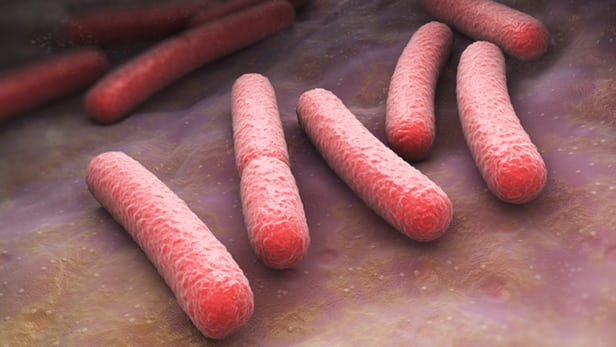
Although not all strains of E. coli bacteria are harmful to humans, E. coli O157:H7 most certainly is. So, needless to say, it's very important to know if it's present in foods or liquids. Scientists at Indiana's Purdue University are now making the detection process quicker and easier, by bioengineering a virus that causes the bacteria to glow when infected.
The bacteriophage (a bacteria-infecting virus) is only able to infect E. coli O157:H7. This means that it shouldn't pose any danger to people, nor should it produce inaccurate readings.
It's added to food/liquid samples during the "enrichment step" of the existing testing protocol. This is the step at which bacteria are cultured, in order to reproduce until there are enough of them to be detected using conventional methods.
Once the virus has been introduced, it infects any E. coli O157:H7 present in the sample, producing an enzyme that causes the microbes to emit light. After a luciferin reagent is added to the sample, technicians are able to detect that light within seven to nine hours – before the enrichment process is even finished.
Based on how many bacteriophage were added, along with the amount of time that has passed since they were introduced and the amount of light emitted, it's possible to determine how much E. coli O157:H7 is present.
According to the researchers, the process is actually cheaper to carry out than existing testing methods. What's more, additional viruses could be developed to "light up" other harmful bacteria such as Salmonella.

 Previous page
Previous page Back to top
Back to top







